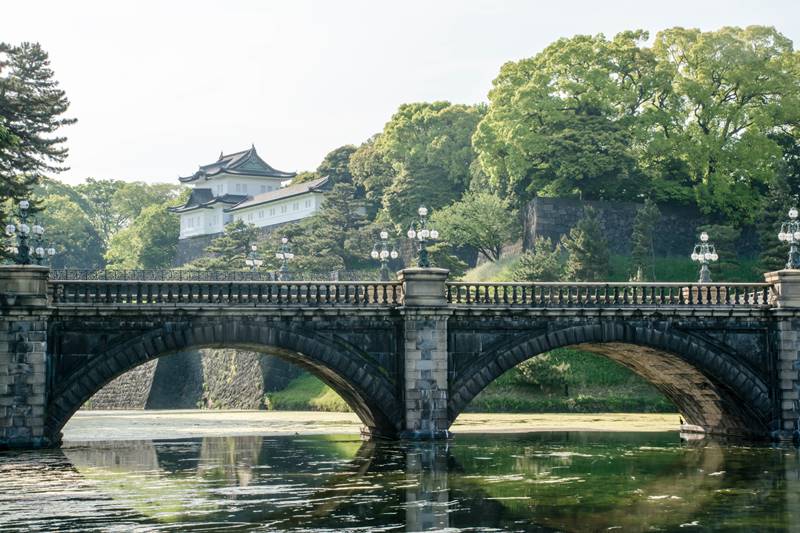This is all about Edo Castle Ruins you want to know.
Every information you get on this site will be from a credible source based on Japanese history (books for reference).
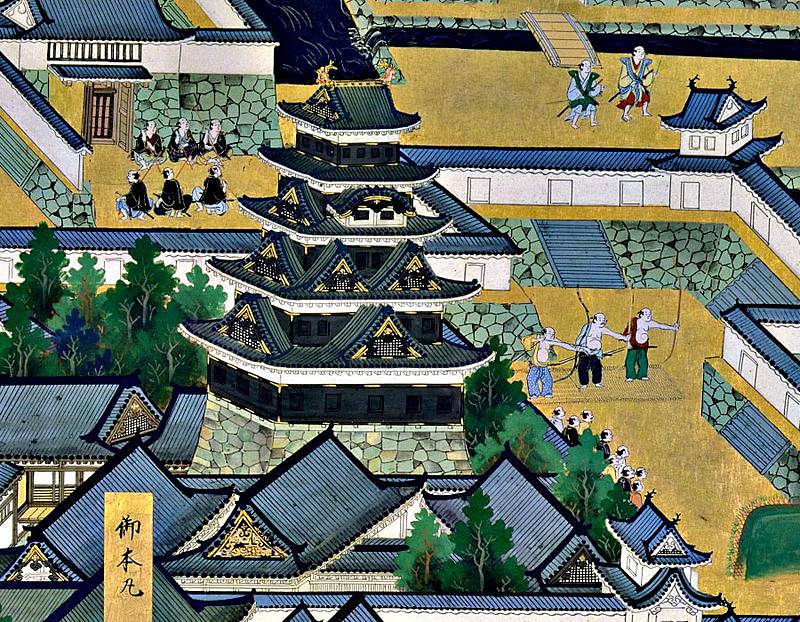

A folding screen with a landscape view inside Edo Castle in 1847 from 国立歴史民俗博物館
Profile : Edo Castle Ruins
| Location | Chiyoda-ku, Tokyo |
| Also known as | Kō-Jō , Chiyoda-Jō |
| Type of castle | Hilltop |
| Mountain's name | ー |
| Elevation | ー |
| Condition | No main keep but other buildings |
| Year built | 1457 |
| Desidnation | National Important Cultural Properties National Special Historic Site |
| Abolished | Currently in use as the Imperial Palace |
| Castle lord | Ōta Dokan |
| Refurbishment lord | Tokugawa Ieyasu, Tōdō Takatora, Tokugawa Hidetada, Tokugawa Iemitsu |
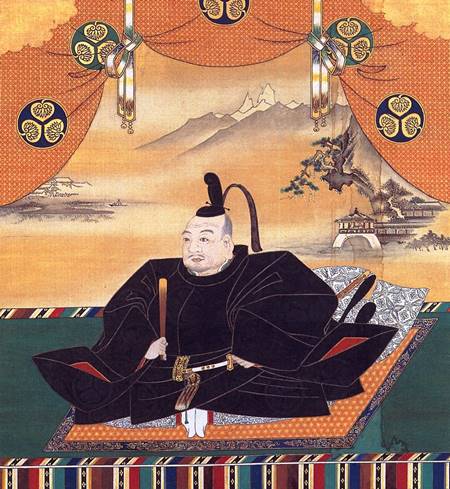
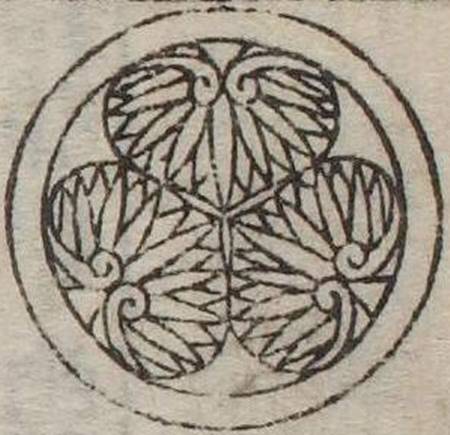
The family crest was originally created from the pattern that the emperor and the royal family put on the kimono, and the pattern was made into a fixed pattern, and the one attached to his own oxcart is said to be the beginning of the family crest. The warlords drew large crests on the flag-fingers, used to distinguish enemy views on the battlefield, and used by the generals to determine which warlords were active and how much.
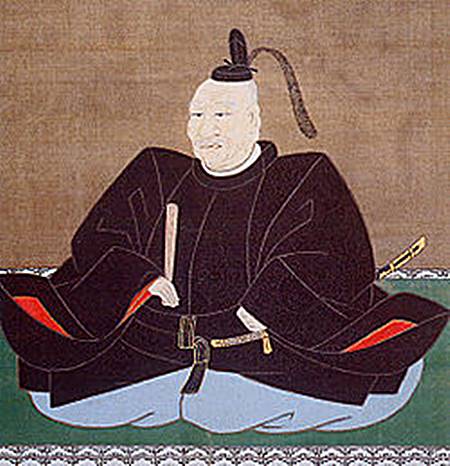
One of the most famous "Master of castle".
Edo Castle admission
admission fee : free
admission time :
March 1-April 14 : am9-am5 April 15-August 31 : am9-pm6
September 1-September 30 : am9-pm5
October 1-October 31 : am9-pm4:30
November 1-Febrary 28 : am9-pm4
closing period : every Monday and Friday December 28-January 3
※Public holidays such as national holidays, excluding the Emperor's birthday, are open reference official site by The Imperial Household Agecy
Edo Castle Google Map
Edo Castle Images

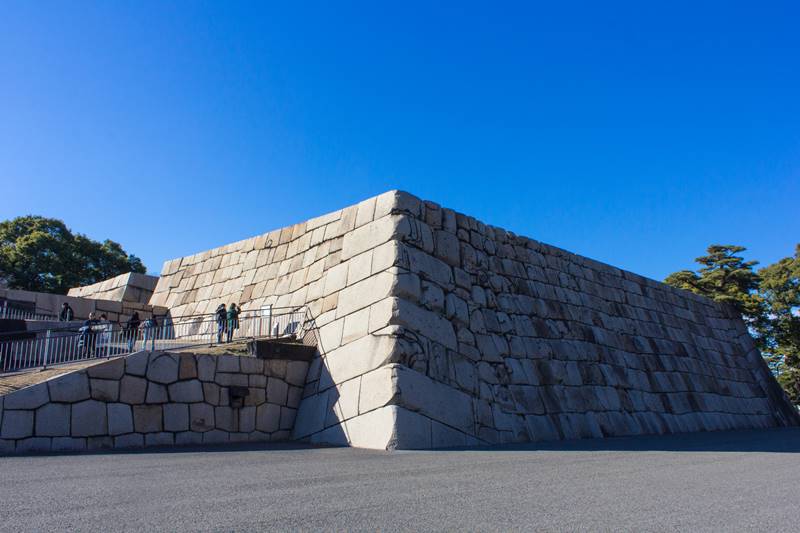
Main keep was burned down by a large fire in 1667 and was no longer built. It is said that Tokugawa Yoshimune , the eighth Tokugawa Shogunate Shōgun, removed burnt Izu stones, added granite from Shōdoshima Iland and re-massed the stones, leaving the stone walls mottled.
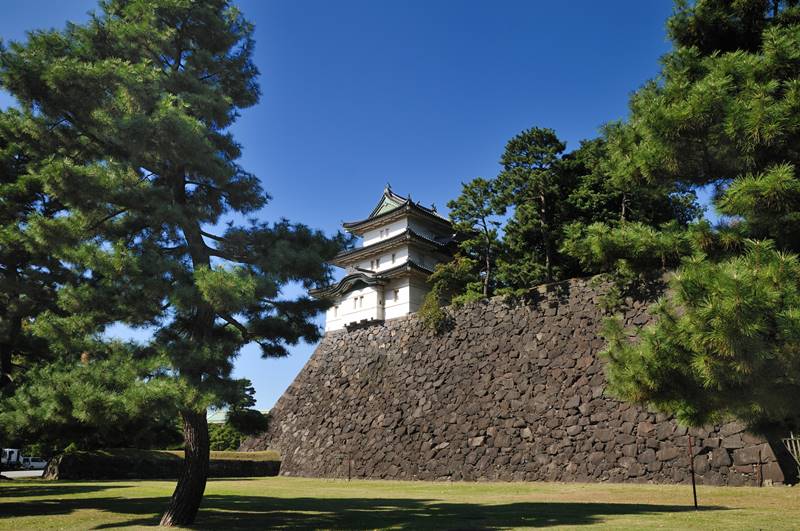
It is the only triple level yagura in the castle. After the main keep was burned down, it was used as a substitute for the main keep, Because it is a beautiful scenery from any direction, east, west, north and south side, it is also called the “Happō shōmen yagura”.

Near this gate, the assassination of the Tairō (Supreme authority at the time) II Naosuke in the "Incident Outside the Sakuradamon Gate" by the Mito feudal lords in 1860. Speaking of Sakuradamon Gate in Japan, many people refer to the "Metropolitan Police Department" or imagine this Incident.

The Inner Kuruwa of Edo Castle is a contour type territory, Ninomaru, Sannomaru, Nishinomaru, and Kitanomaru spiral around the Honmaru. In addition, a huge Outer Kuruwa with a circumference of about 20 km is formed as a natural moat with Outer moat, Kanda River, Sumida River. In addition, this Inner Kuruwa is surrounded like writing the character of "の" . It has one of the largest scales in the country, so it cannot be overlooked in one day.
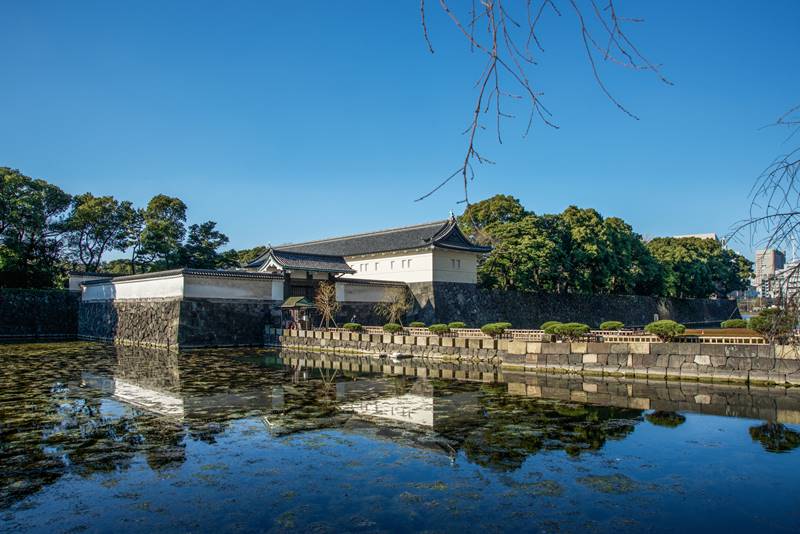
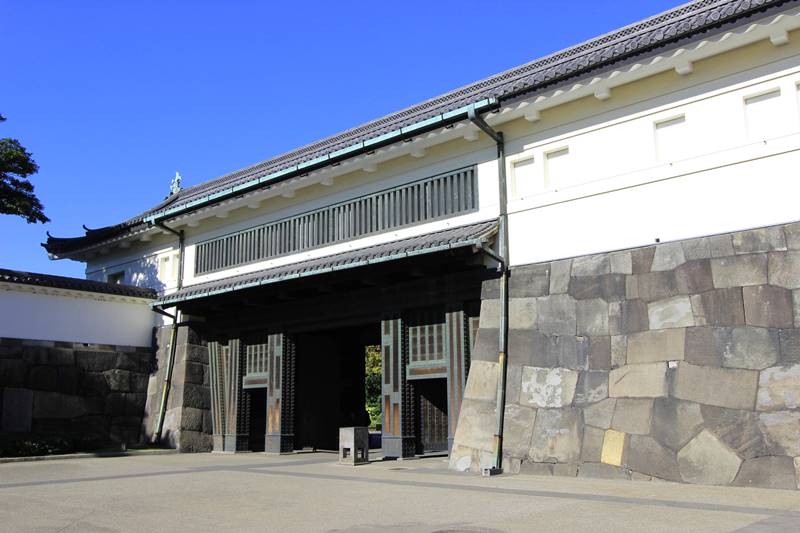
It has a "Masu shape" structure, and it is said that Date Masamune was in charge of the construction.
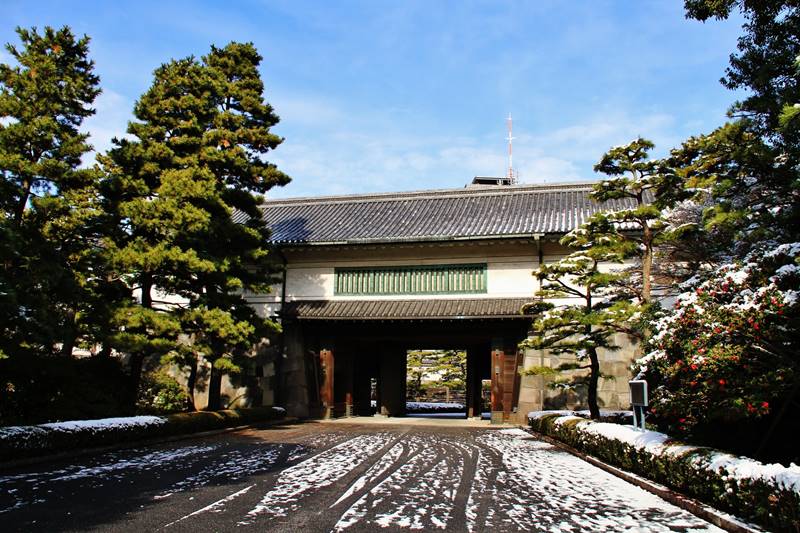
Hirakawabashi Bridge is a wooden bridge over the inner moat on the north side of the Imperial Palace. The Hirakawamon Gate is a set that includes this Yagura, Kōraimon Gate, and Hirakawabashi Bridge, with the purpose of repelling enemies invading from the Takebashi area.

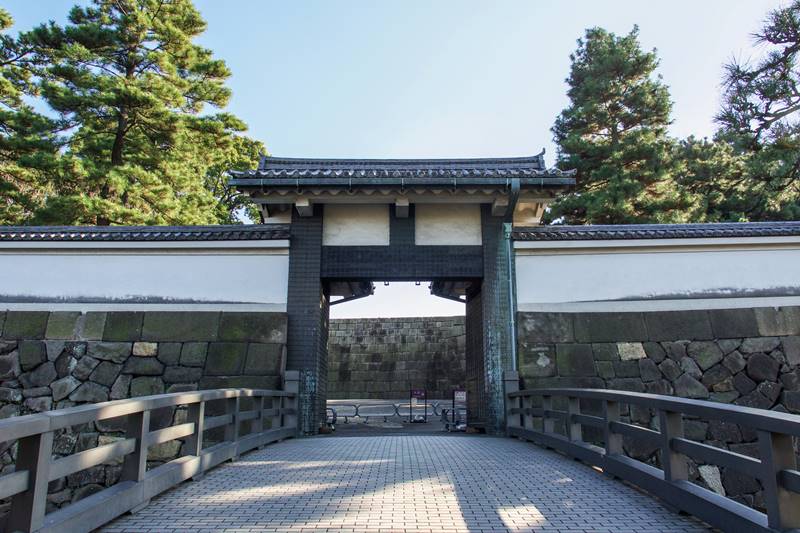
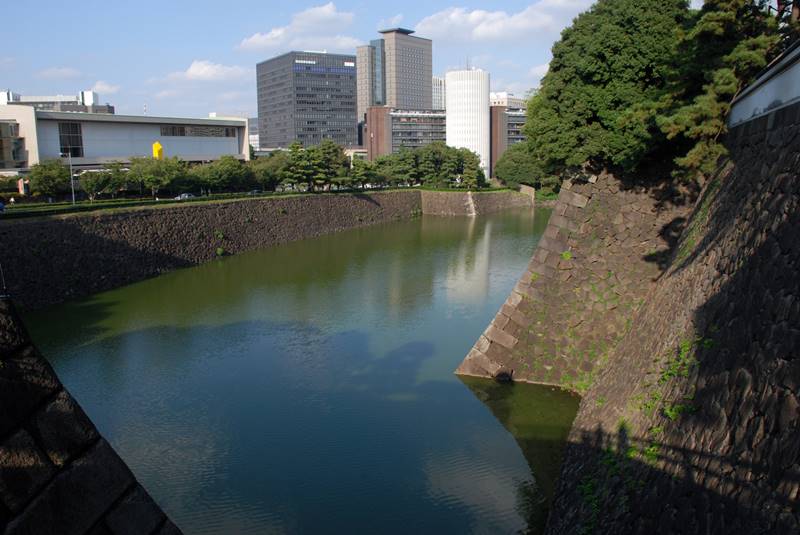
It is on the north side of the Honmaru and is about 10 meters high. The stone walls of Edo Castle, which are huge but have a beautifully structured appearance, are piled up in Kirikomi-hagi style, where processed stones are stacked without gaps. It may have been the most defensive area where was near Main keep and Honmaru palace,
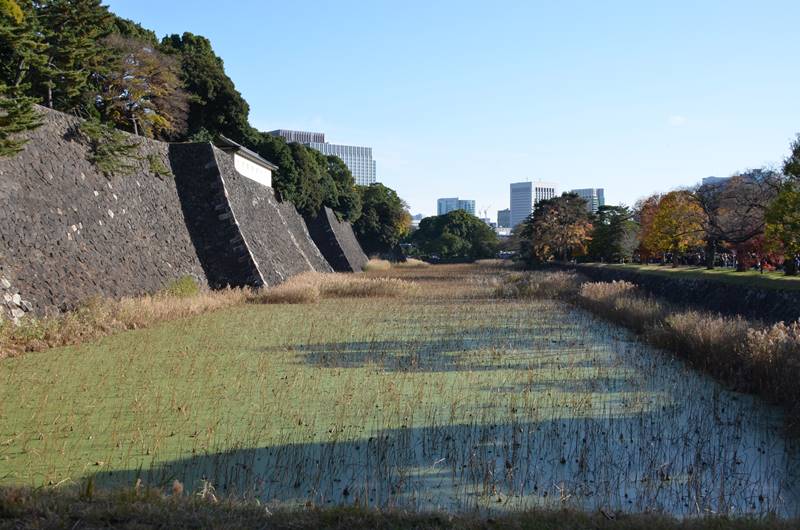
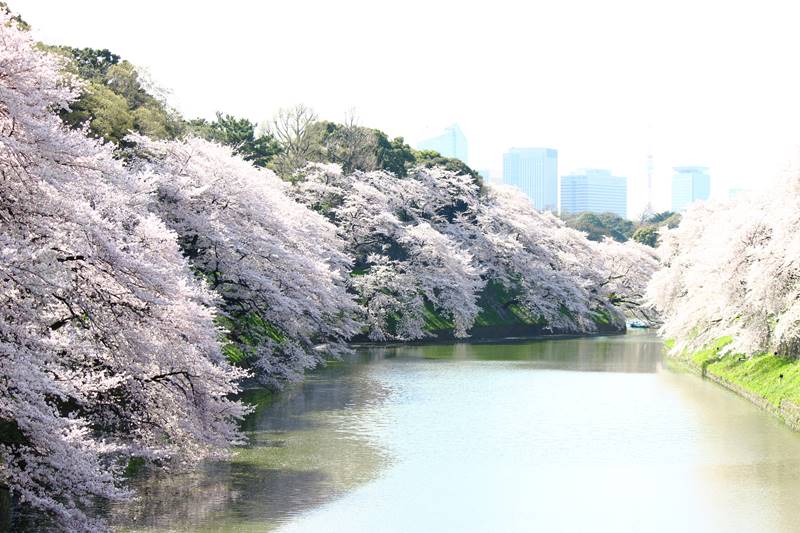
”Chidorigafuchi" is a moat on the northwest side of the Imperial Palace. It is one of the most famous cherry blossom spots in Japan, and is crowded with many people during the cherry blossom season. During the flowering period, cherry blossoms are lit up at night on "Chidorigafuchi Green Road" along the moat. In addition, there is a boat area where you can enjoy boating at the moat.
Across Chidorigafuchi Green Road, the "Chidorigafuchi War Cemetery" was built in 1959. The remains of an unidentified Japanese deceased abroad during World War II are enshrined.

official site (publication permitted)
Dedicated to the Japanese spirit, It is in front of Chidorigafuchi.
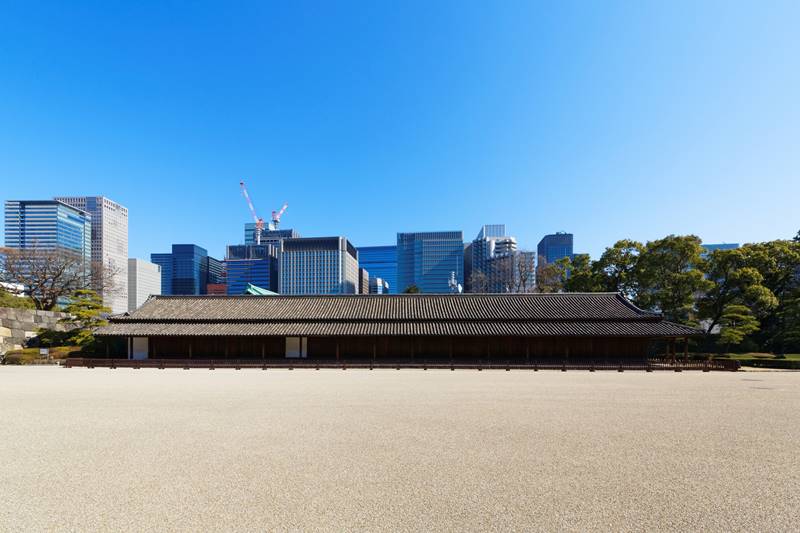
Checkpoint when entering Honmaru from Ōtemon. Here, they took turns guarding day and night.
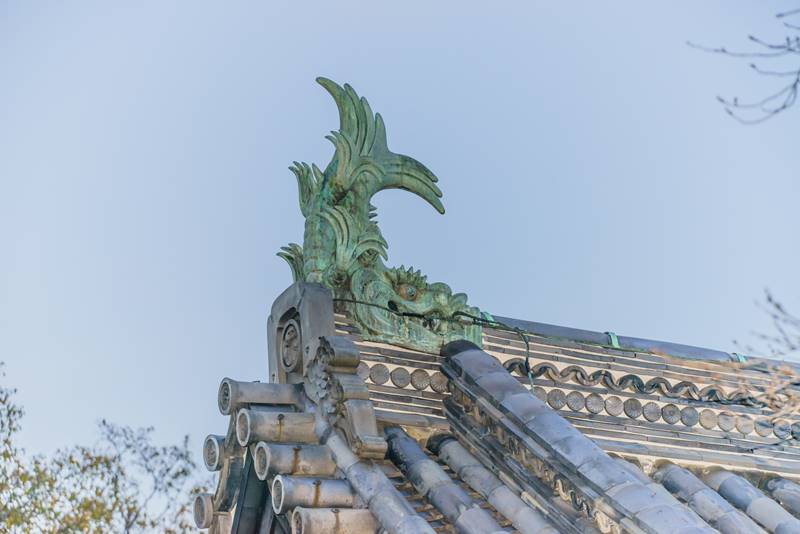
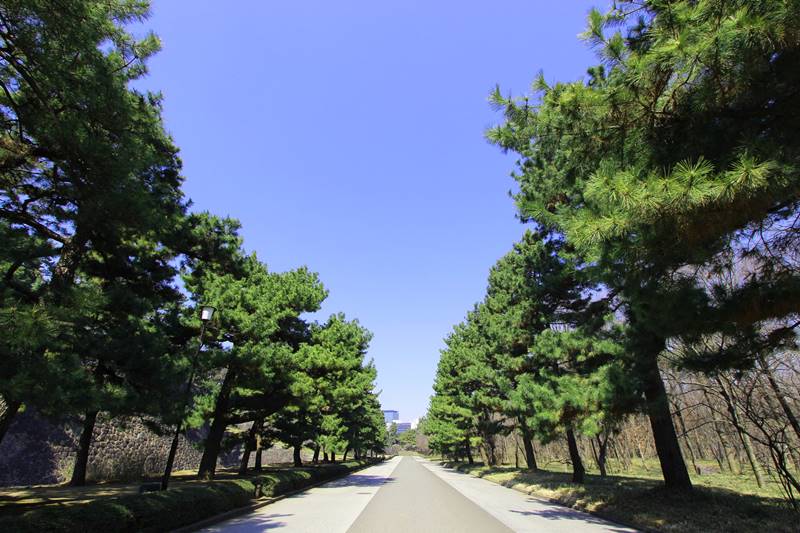
That's all I can say, "Please visit here anyway."
Link-1 : A castle designed by "Master of the castle" [block]8[/block]
【central japan】Igaueno Castle 【west japan】Uwajima Castle 【west japan】Kōchi Castle 【west japan】Ōzu Castle 【west japan】imabari Castle 【west japan】Sasayama Castle 【west japan】Nijō castle 【west japan】Wakayama Castle 【west japan】Ōsaka castle 【east japan】Edo castle
Link-2 : The Impregnable Castle
【east japan】Odawara Castle 【east japan】Hachigata Castle 【east japan】Chihaya castle 【west japan】Ōsaka Castle 【west japan】Yoshida-Kōriyama Castle 【south japan】Kumamoto Castle 【east japan】Edo castle
Link-3 : A Castle closely related to [block]25[/block]
【central japan】Okazaki Castle 【central japan】Sunpu Castle 【central japan】Nagashino Castle 【central japan】Kōfu Castle 【central japan】 Nagoya Castle 【west japan】Ōsaka Castle 【west japan】Nijō castle 【east japan】Edo Castle
